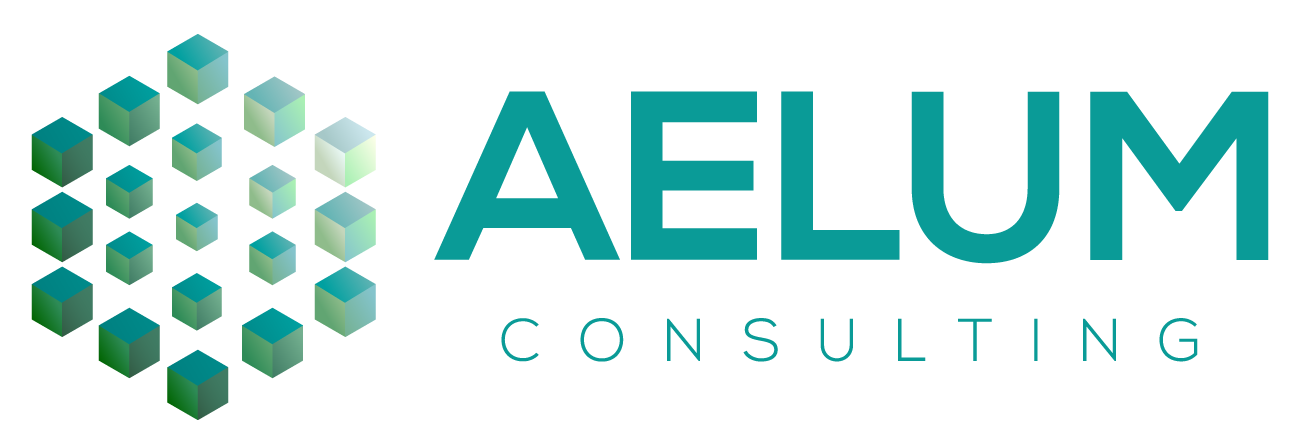It all started when a large enterprise decided to implement generative AI for its day-to-day business operations and tasks. The goal was to streamline workflows, automate mundane processes like generating summaries of data or tasks, efficient communication through AI-powered chatbots or virtual assistants, and assist in composing emails, reports, and knowledge-based articles. GenAI even helps developers write code, analyze catalog requests, predict choices, chat and incident summarization, and a multitude of enterprise use cases boost productivity.
As soon as they heard about the implementation of AI, employees began to feel insecure. They worried AI might replace their creative input, leaving them with only routine management of what AI generated and replacing their jobs.
Concerned about their roles and future, the employees approached the CEO, Nilesh with their questions. Here’s how the conversation unfolded:
John (Employee):
Heard that you are implementing GenAI for our day-to-day business processes. But how AI will help us and not replace our jobs and how do we stay relevant when AI seems to be doing a lot of the thinking for us?
Nilesh (CEO):
I totally understand where you’re coming from. It’s a common concern. But let me ease your mind—AI isn’t here to replace you, it’s actuallyhere to help it thrive. Think of AI as an assistant that takes care of those repetitive, time-consuming tasks that bog you down—like summarizing reports, drafting emails, or handling workflows. When AI takes those off your plate, you’re freed up to focus on the more creative, high-impact work. So, rather than losing your role, you get more space to innovate and push creative boundaries.
Matthew (Employee):
But doesn’t AI risk take away the “human touch” in our work? How can we make sure it won’t dull the personal, creative aspects of what we do?
Nilesh (CEO):
That’s a great question. AI can help generate drafts or make suggestions, but the final product that personal, human touch, still comes from you. AI gives you a foundation to build on, but it’s your creativity, insight, and experience that make the work resonate with customers. Think of AI as a starting point that helps you reach higher, not as a replacement for your unique input.
Patricia (Employee):
Will AI really help us be more creative, or are we just getting more productive at the cost of our creativity?
Nilesh (CEO):
I get it. It’s a big shift. But here’s the thing: it’s all about how we use AI. We can either let it take over, or we can use it to amplify what we do best—our creativity. AI will handle the routine tasks such as generating summaries, chatbots can provide you with best customer support when agents are not active, or assist in email composing, automate scheduling and data entry, or even predict customer trends, freeing up time for you to focus on strategic thinking and innovation. By embracing AI as a tool, you’re not losing control—you’re gaining an edge. It’s about using technology to elevate your skills, make smarter decisions, and ultimately drive more meaningful results.
Elizabeth (Employee):
With so many AI platforms and technologies out there, how do we even know which ones will really help us stay creative and not just turn us into task managers?
Nilesh (CEO):
We’re adopting platforms that automate the repetitive stuff, like ServiceNow, which streamlines and implements AI across the organization. Along with this we will also rethink strategies, operating models, and launch learning programs for a skilled workforce. They will help us to focus on the creative parts of your role, like problem-solving and coming up with fresh ideas.
Do you want to discover ServiceNow AI capabilities that unleash your creativity? Let us guide you through the process and show you how it can transform your business.
Disclaimer:
This content is a work of fiction. All characters, events, and incidents are the product of the author’s imagination. Any resemblance to actual persons, living or dead, or real events is purely coincidental. While the problem statement and background have been researched to ensure realism, the narrative itself remains fictional and should not be taken as a factual representation of real-world scenarios.









